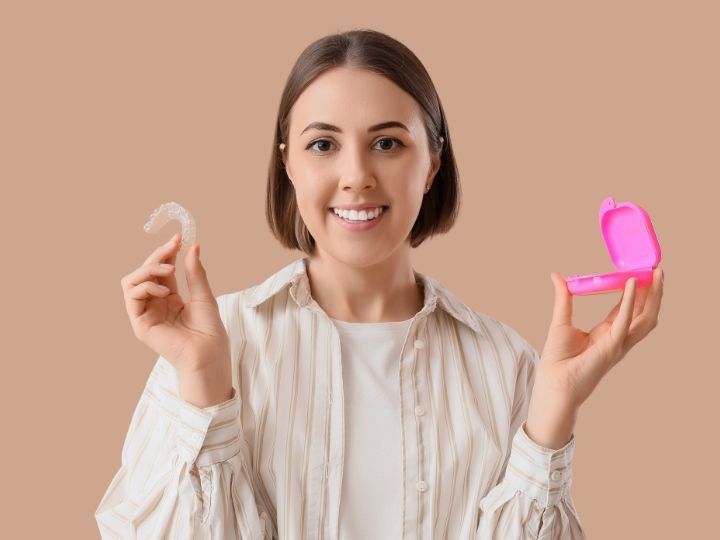Nylon splints are commonly used in medical settings to support joints, stabilise injuries, or assist in rehabilitation following surgery or trauma. Their lightweight and durable nature makes them a preferred choice for both healthcare providers and patients. However, like any medical device that comes in contact with the skin for prolonged periods, nylon splints require proper maintenance and hygiene. Without regular and thorough cleaning, they can become breeding grounds for bacteria, leading to skin irritation, unpleasant odours, and even serious infections. Understanding and following the right cleaning tips for nylon splints is crucial not just for comfort, but for your overall health.
Why Cleanliness Matters with Nylon Splints
When worn daily, nylon splints accumulate sweat, body oils, dead skin cells, and dirt. If these contaminants are not cleaned regularly, they can contribute to bacterial and fungal growth. In some cases, users may start to notice redness, itching, or rash around the area where the splint is applied—early warning signs of potential infection.
Infections related to poorly maintained medical devices are more common than most people realise. While nylon splints themselves are not invasive, prolonged exposure to bacteria through dirty surfaces can compromise the skin’s natural barrier. This is particularly risky for individuals with diabetes, weakened immune systems, or open wounds.
Basic Cleaning Tips for Nylon Splints
The good news is that preventing infections is entirely possible with a few simple routines. Here are some practical cleaning tips for nylon splints that every user should follow:
1. Daily Surface Wipe-Down
At the end of each day, give your nylon splint a gentle wipe-down with a damp cloth. Use warm water mixed with mild soap to clean any visible dirt or sweat. Avoid using harsh chemicals or bleach, as these can degrade the material and irritate your skin.
2. Weekly Deep Clean
At least once a week, soak the nylon splint in warm, soapy water for 10–15 minutes. Use a soft brush—like an old toothbrush—to scrub into crevices where grime can collect. Rinse thoroughly and air dry completely before reapplying.
3. Use Antibacterial Solutions Sparingly
While antibacterial wipes or sprays can be helpful, they should not be used as a substitute for proper cleaning. Use them occasionally, especially after exposure to environments like gyms or public transport, but always follow with a proper wash later.
4. Ensure Proper Drying
Moisture is a key factor in bacterial growth. Always allow your splint to air dry in a well-ventilated area. Avoid direct sunlight or using heat sources like hairdryers, which can warp or weaken the nylon material.
5. Check for Wear and Tear
Over time, nylon splints may begin to fray, crack, or lose their shape. Damaged areas can harbour bacteria and become difficult to clean properly. Regularly inspect your splint and consult your healthcare provider if you notice signs of wear.
6. Skin Hygiene is Equally Important
Even the cleanest splint can cause irritation if your skin isn’t kept clean. Make sure to wash and dry your skin thoroughly before applying your nylon splint. This helps minimise the transfer of bacteria and sweat onto the device.
Additional Hygiene Tips for Long-Term Splint Users
For individuals who rely on nylon splints for long-term support, consider creating a hygiene routine to follow consistently. Keeping multiple splints on hand allows you to rotate them, ensuring one is always clean and dry. It’s also worth discussing with your doctor or physiotherapist the best cleaning products to use based on your skin type and condition.
If your splint comes with fabric padding or liners, these should be cleaned or replaced according to the manufacturer’s instructions. Fabric can retain moisture and bacteria even more than nylon, so regular maintenance is essential.
The Risk of Ignoring Hygiene
Neglecting the cleanliness of your splint can lead to more than just discomfort. Infections like cellulitis or folliculitis can develop if bacteria penetrate the skin. These conditions may require antibiotics, interrupt your healing process, and in severe cases, lead to hospitalisation. Moreover, prolonged skin irritation can cause long-term scarring or sensitivity, which may hinder future use of splints or braces.
Professional Advice Is Key
While home cleaning routines are important, always seek professional advice regarding the use and maintenance of medical equipment. Your healthcare provider can guide you on how often to clean your nylon splints, which cleaning agents are safe, and whether your splint needs to be adjusted or replaced.
In some cases, your splint may be custom-fitted or part of a larger orthotic system. These devices often require specialised cleaning methods that differ from standard off-the-shelf models.
Summary
Nylon splints are vital tools in injury recovery and physical support, but their effectiveness relies heavily on how well they are maintained. By following the right cleaning tips for nylon splints, you can significantly reduce the risk of infections and skin problems. Daily cleaning, weekly deep cleans, proper drying, and consistent skin care are all part of a simple yet powerful routine that protects both the device and your health. Taking a proactive approach to hygiene ensures that your nylon splint continues to offer the support you need—safely, comfortably, and without complication. Whether you wear your splint for a few weeks or long-term, making cleaning a habit is a small effort with big rewards.



